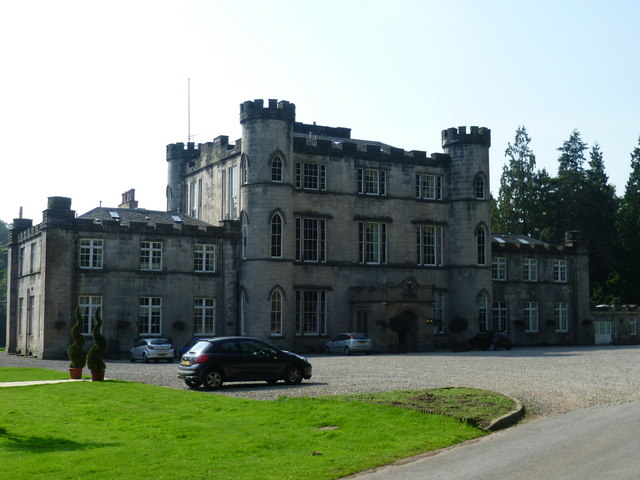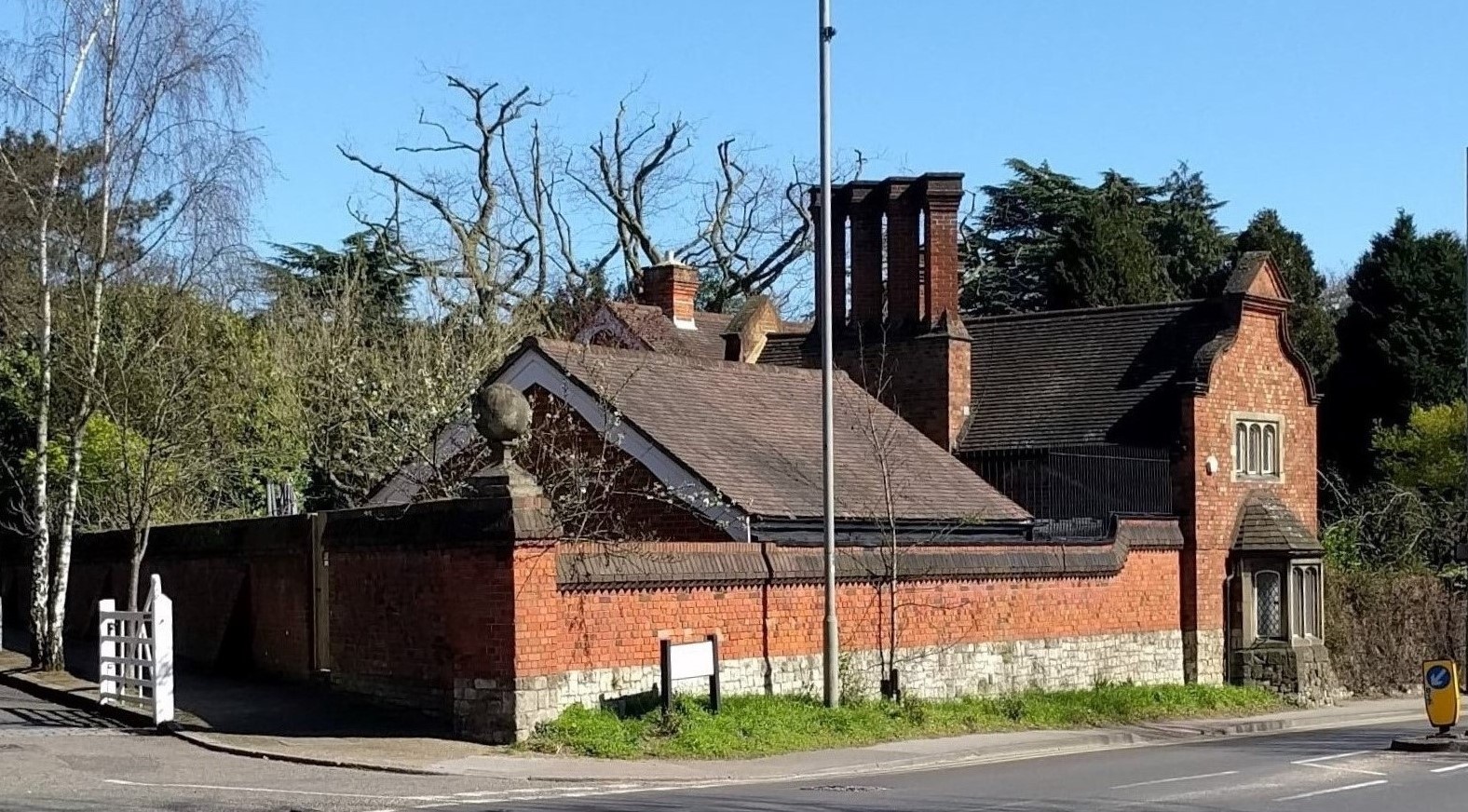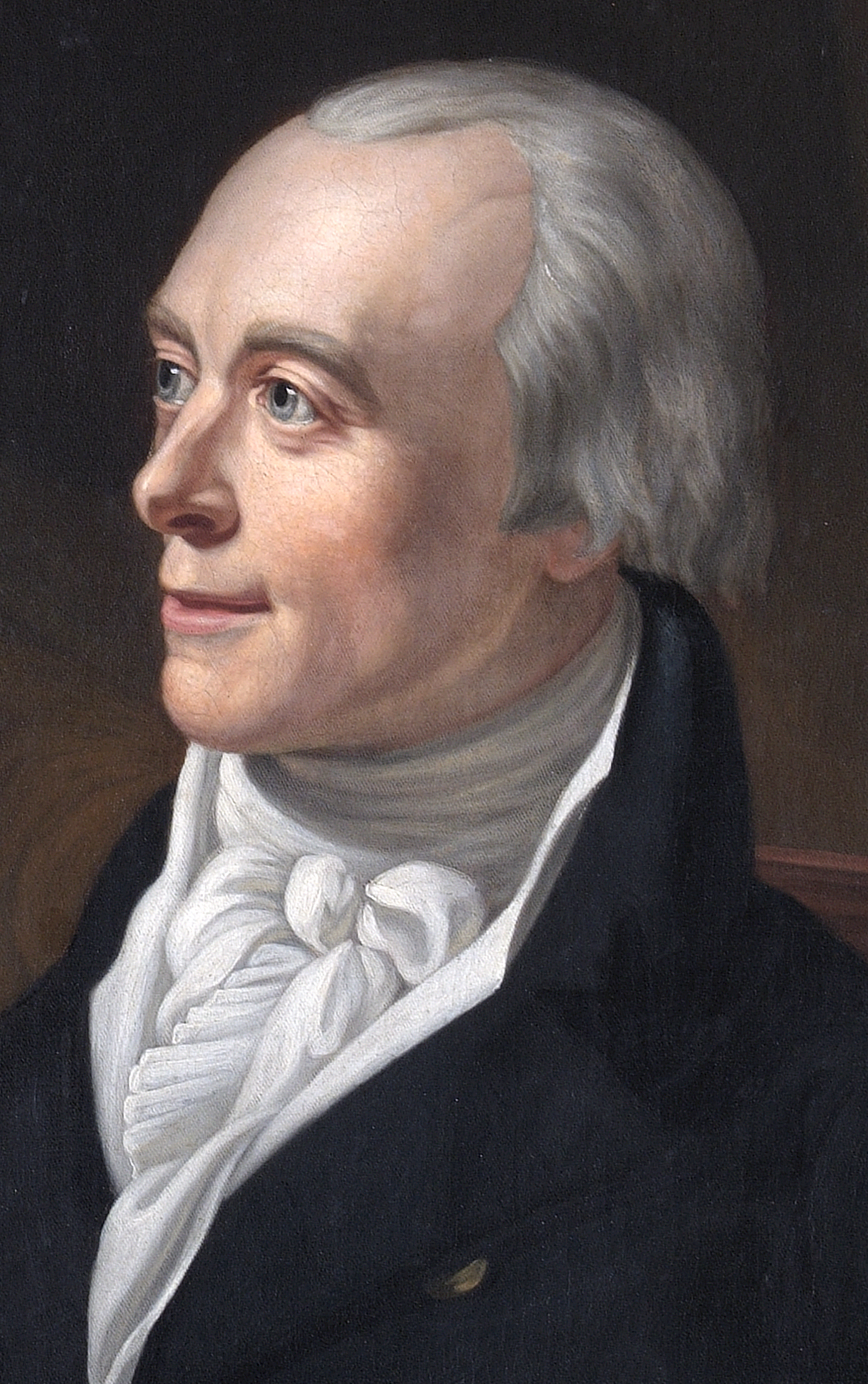|
Louisa Jenkinson, Countess Of Liverpool
Louisa Theodosia Jenkinson, Countess of Liverpool (; February 1767 – 12 June 1821) was a British noblewoman and the first wife of Robert Jenkinson, 2nd Earl of Liverpool, who served as prime minister from 1812 to 1827. Biography Early years and marriage Louisa Hervey was born in February 1767, the youngest daughter of Frederick Hervey, 4th Earl of Bristol and Bishop of Derry, and Elizabeth Davers Countess of Bristol. She had three brothers, including John, Lord Hervey and Frederick, 1st Marquess of Bristol; and two sisters, Lady Mary Erne and Elizabeth Cavendish, Duchess of Devonshire. In 1777, the family visited Italy. Here Louisa, then aged 10, contracted severe malaria and, due to the need to convalesce, only returned to England in September 1779. In December 1779, she became Lady Louisa Hervey on her father's elevation to Earl of Bristol on the death of his brother. In 1782, when Louisa was aged 15, her parents separated, after which she lived her mother at Ickworth in S ... [...More Info...] [...Related Items...] OR: [Wikipedia] [Google] [Baidu] |
The Right Honourable
''The Right Honourable'' ( abbreviation: ''Rt Hon.'' or variations) is an honorific style traditionally applied to certain persons and collective bodies in the United Kingdom, the former British Empire and the Commonwealth of Nations. The term is predominantly used today as a style associated with the holding of certain senior public offices in the United Kingdom, Canada, New Zealand, and to a lesser extent, Australia. ''Right'' in this context is an adverb meaning 'very' or 'fully'. Grammatically, ''The Right Honourable'' is an adjectival phrase which gives information about a person. As such, it is not considered correct to apply it in direct address, nor to use it on its own as a title in place of a name; but rather it is used in the third person along with a name or noun to be modified. ''Right'' may be abbreviated to ''Rt'', and ''Honourable'' to ''Hon.'', or both. ''The'' is sometimes dropped in written abbreviated form, but is always pronounced. Countries with co ... [...More Info...] [...Related Items...] OR: [Wikipedia] [Google] [Baidu] |
Henry Dundas, 1st Viscount Melville
Henry Dundas, 1st Viscount Melville, PC, FRSE (28 April 1742 – 28 May 1811), styled as Lord Melville from 1802, was the trusted lieutenant of British Prime Minister William Pitt and the most powerful politician in Scotland in the late 18th century. Dundas was instrumental in the encouragement of the Scottish Enlightenment, in the prosecution of the war against France, and in the expansion of British influence in India. Prime Minister Pitt appointed him Lord of Trade (1784–1786), Home Secretary (1791–1794), President of the Board of Control for Indian Affairs (1793–1801), Secretary at War (1794–1801) and First Lord of the Admiralty (1804–1805). His deft and almost total control of Scottish politics during a long period in which no monarch visited the country led to him being nicknamed "King Harry the Ninth", the "Grand Manager of Scotland" (a play on the masonic office of Grand Master of Scotland), the "Great Tyrant" and "The Uncrowned King of Scotland". He was, ... [...More Info...] [...Related Items...] OR: [Wikipedia] [Google] [Baidu] |
John Soane
Sir John Soane (; né Soan; 10 September 1753 – 20 January 1837) was an English architect who specialised in the Neo-Classical style. The son of a bricklayer, he rose to the top of his profession, becoming professor of architecture at the Royal Academy and an official architect to the Office of Works. He received a knighthood in 1831. His best-known work was the Bank of England (his work there is largely destroyed), a building which had a widespread effect on commercial architecture. He also designed Dulwich Picture Gallery, which, with its top-lit galleries, was a major influence on the planning of subsequent art galleries and museums. His main legacy is the eponymous museum in Lincoln's Inn Fields in his former home and office, designed to display the art works and architectural artefacts that he collected during his lifetime. The museum is described in the ''Oxford Dictionary of Architecture'' as "one of the most complex, intricate, and ingenious series of interiors e ... [...More Info...] [...Related Items...] OR: [Wikipedia] [Google] [Baidu] |
Kingston Upon Thames
Kingston upon Thames (hyphenated until 1965, colloquially known as Kingston) is a town in the Royal Borough of Kingston upon Thames, southwest London, England. It is situated on the River Thames and southwest of Charing Cross. It is notable as the ancient market town in which Saxon kings were crowned and today is the administrative centre of the Royal Borough. Historically in the county of Surrey, the ancient parish of Kingston became absorbed in the Municipal Borough of Kingston-upon-Thames, reformed in 1835. From 1893 to 2021 it was the location of Surrey County Council, extraterritorially in terms of local government administration since 1965, when Kingston became a part of Greater London. Today, most of the town centre is part of the KT1 postcode area, but some areas north of Kingston railway station are within KT2. The United Kingdom Census 2011 recorded the population of the town (comprising the four wards of Canbury, Grove, Norbiton and Tudor) as 43,013, whil ... [...More Info...] [...Related Items...] OR: [Wikipedia] [Google] [Baidu] |
Coombe, Kingston Upon Thames
Coombe is a historic neighbourhood in the Royal Borough of Kingston upon Thames in south west London, England. It sits on high ground, east of Norbiton. Most of the area was part of the former Municipal Borough of Malden and Coombe before local government re-organisation in 1965. It now shares borders with the boroughs of London Borough of Merton, Merton and London Borough of Sutton, Sutton with, to the north, the small, inter-related neighbourhoods of Kingston Vale, Kingston Hill and Kingston Vale, beyond which is Richmond Park in London Borough of Richmond upon Thames, Richmond; and Roehampton/Putney Vale in London Borough of Wandsworth, Wandsworth. To the east are public playing fields and Wimbledon Common. History Coombe centres on what was originally Coombe House, a large residence built in the 1750s. The house, now demolished, was located at the southwest corner of the junction of Coombe Lane (A238) and Traps Lane. Its red brick boundary walls can still be seen on the west ... [...More Info...] [...Related Items...] OR: [Wikipedia] [Google] [Baidu] |
Whitehall
Whitehall is a road and area in the City of Westminster, Central London. The road forms the first part of the A3212 road from Trafalgar Square to Chelsea. It is the main thoroughfare running south from Trafalgar Square towards Parliament Square. The street is recognised as the centre of the Government of the United Kingdom and is lined with numerous departments and ministries, including the Ministry of Defence, Horse Guards and the Cabinet Office. Consequently, the name "Whitehall" is used as a metonym for the British civil service and government, and as the geographic name for the surrounding area. The name was taken from the Palace of Whitehall that was the residence of Kings Henry VIII through to William III, before its destruction by fire in 1698; only the Banqueting House has survived. Whitehall was originally a wide road that led to the front of the palace; the route to the south was widened in the 18th century following the destruction of the palace. As well as ... [...More Info...] [...Related Items...] OR: [Wikipedia] [Google] [Baidu] |
George Canning
George Canning (11 April 17708 August 1827) was a British Tory statesman. He held various senior cabinet positions under numerous prime ministers, including two important terms as Foreign Secretary, finally becoming Prime Minister of the United Kingdom for the last 119 days of his life, from April to August 1827. The son of an actress and a failed businessman and lawyer, Canning was supported financially by his uncle, Stratford Canning, which allowed him to attend Eton College and Christ Church, Oxford. Canning entered politics in 1793 and rose rapidly. He was Paymaster of the Forces (1800–1801) and Treasurer of the Navy (1804–1806) under William Pitt the Younger. Canning was Foreign Secretary (1807–1809) under the Duke of Portland. Canning was the dominant figure in the cabinet and directed the seizure of the Danish fleet in 1807 to assure Britain's naval supremacy over Napoleon. In 1809, he was wounded in a duel with his rival Lord Castlereagh and was shortly the ... [...More Info...] [...Related Items...] OR: [Wikipedia] [Google] [Baidu] |
Thomas Lawrence
Sir Thomas Lawrence (13 April 1769 – 7 January 1830) was an English portrait painter and the fourth president of the Royal Academy. A child prodigy, he was born in Bristol and began drawing in Devizes, where his father was an innkeeper at the Bear Hotel in the Market Square. At age ten, having moved to Bath, he was supporting his family with his pastel portraits. At 18 he went to London and soon established his reputation as a portrait painter in oils, receiving his first royal commission, a portrait of Queen Charlotte, in 1790. He stayed at the top of his profession until his death, aged 60, in 1830. Self-taught, he was a brilliant draughtsman and known for his gift of capturing a likeness, as well as his virtuoso handling of paint. He became an associate of the Royal Academy in 1791, a full member in 1794, and president in 1820. In 1810 he acquired the generous patronage of the Prince Regent, was sent abroad to paint portraits of allied leaders for the Waterloo chamber a ... [...More Info...] [...Related Items...] OR: [Wikipedia] [Google] [Baidu] |
Spencer Perceval
Spencer Perceval (1 November 1762 – 11 May 1812) was a British statesman and barrister who served as Prime Minister of the United Kingdom from October 1809 until his assassination in May 1812. Perceval is the only British prime minister to have been assassinated, and the only solicitor-general or attorney-general to have become prime minister. The younger son of an Anglo-Irish earl, Perceval was educated at Harrow School and Trinity College, Cambridge. He studied law at Lincoln's Inn, practised as a barrister on the Midland circuit, and in 1796 became a King's Counsel. He entered politics at age 33 as a member of Parliament (MP) for Northampton. A follower of William Pitt the Younger, Perceval always described himself as a "friend of Mr. Pitt", rather than a Tory. Perceval was opposed to Catholic emancipation and reform of Parliament; he supported the war against Napoleon and the abolition of the Atlantic slave trade. He was opposed to hunting, gambling and ad ... [...More Info...] [...Related Items...] OR: [Wikipedia] [Google] [Baidu] |
Assassination Of Spencer Perceval
On 11 May 1812, at about 5:15 pm, Spencer Perceval, the prime minister of the United Kingdom of Great Britain and Ireland, was shot dead in the lobby of the House of Commons by John Bellingham, a Liverpool merchant with a grievance against the government. Bellingham was detained; four days after the murder, he was tried, convicted and sentenced to death. He was hanged at Newgate Prison on 18 May, one week after the assassination and one month before the start of the War of 1812. Perceval remains the sole British prime minister to have been assassinated. Perceval had led the Tory government since 1809, during a critical phase of the Napoleonic Wars. His determination to prosecute the war using the harshest of measures caused widespread poverty and unrest on the home front; thus the news of his death was a cause of rejoicing in the worst-affected parts of the country. Despite initial fears that the assassination might be linked to a general uprising, it transpired that Bellin ... [...More Info...] [...Related Items...] OR: [Wikipedia] [Google] [Baidu] |
House Of Lords
The House of Lords, also known as the House of Peers, is the upper house of the Parliament of the United Kingdom. Membership is by appointment, heredity or official function. Like the House of Commons, it meets in the Palace of Westminster in London, England. The House of Lords scrutinises bills that have been approved by the House of Commons. It regularly reviews and amends bills from the Commons. While it is unable to prevent bills passing into law, except in certain limited circumstances, it can delay bills and force the Commons to reconsider their decisions. In this capacity, the House of Lords acts as a check on the more powerful House of Commons that is independent of the electoral process. While members of the Lords may also take on roles as government ministers, high-ranking officials such as cabinet ministers are usually drawn from the Commons. The House of Lords does not control the term of the prime minister or of the government. Only the lower house may forc ... [...More Info...] [...Related Items...] OR: [Wikipedia] [Google] [Baidu] |
House Of Commons Of Great Britain
The House of Commons of Great Britain was the lower house of the Parliament of Great Britain between 1707 and 1801. In 1707, as a result of the Acts of Union of that year, it replaced the House of Commons of England and the third estate of the Parliament of Scotland, as one of the most significant changes brought about by the Union of the kingdoms of England and Scotland into the Kingdom of Great Britain. In the course of the 18th century, the office of Prime Minister developed. The notion that a government remains in power only as long as it retains the support of Parliament also evolved, leading to the first ever motion of no confidence, when Lord North's government failed to end the American Revolution. The modern notion that only the support of the House of Commons is necessary for a government to survive, however, was of later development. Similarly, the custom that the Prime Minister is always a Member of the Lower House, rather than the Upper one, did not evolve until t ... [...More Info...] [...Related Items...] OR: [Wikipedia] [Google] [Baidu] |
_(cropped).jpg)








